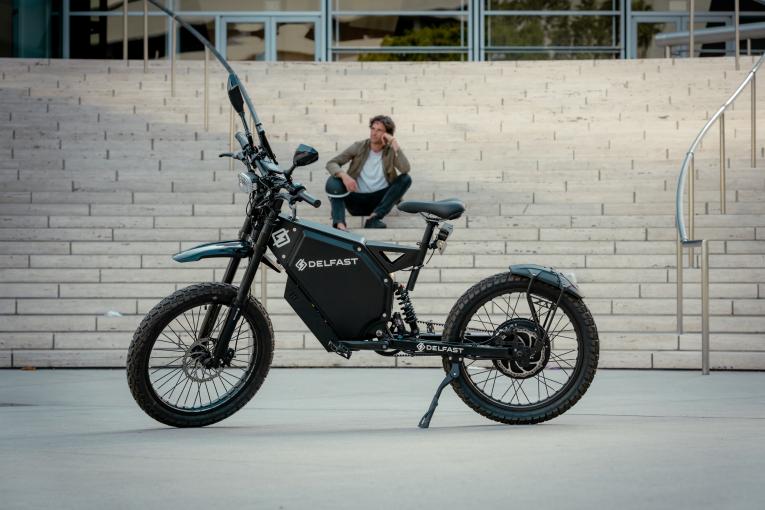
Enjoying the beautiful summer season on a picturesque ride, the warm wind on your face, and your new eBike powering up that trail is the perfect way to soak up the sun. Be sure your eBike is prepared before the ride to help ease any worry and make the experience smooth and easy.
Brake systems are among the most crucial parts of bikes and eBikes. Making sure the entire system is working properly and is regularly serviced will maintain their stopping power, ensuring they are ready and safe for every ride. Brakes are designed to function in all types of weather, but the hot summer season put a little extra strain on their performance. Let’s see how hot weather affects your brakes and how to care for them properly.
There are many different types of brake systems for eBikes. Disc brakes, standard brakes, and now with more sophisticated controllers in eBikes there are regenerative braking systems that add power back to the battery and are electronically activated. Brake pads for eBikes themselves usually last upwards of six thousand miles before they need replacing. The discs themselves will last longer but will need to be checked by a service professional regularly along with the other components of the braking system to make sure they are structurally sound.
Friction is the main factor that will increase or decrease the longevity of pads and discs. The friction that is needed to stop your bike creates heat and over time continues to remove layers of material, thinning out your pads and then eventually your discs. This is the same for all disc brakes, in cars or eBikes. Riding in the hotter temperatures of summer can affect the longevity and performance of brakes, so learning some basic of care can be helpful.
Brakes generally operate better under cooler temperatures as the materials themselves are harder and more solid. Adding heat to the brake pads themselves means the materials lose some of their solidity as the materials expand. The more heat added, the weaker the structure can become. Overheated brakes have less stopping power as their ability to hold friction decreases.
Additional factors that can increase the temperature on the brakes, especially during summer, include:
Proper storage of your eBike can also help to preserve the longevity of brakes and the other important systems on your bike. Storing your eBike inside, or at least in the shade and not direct sunlight can help keep these vital parts from breaking down earlier than they should.
Bike manufacturers take these above-mentioned conditions into consideration when designing your brake system. Higher-grade brake pads and the discs they grab are less likely to fail under extreme heat.
The materials the pads are made of make a big difference for safe operating temperatures, but each pad material also has its drawbacks. Here are the most common types in use:
The temperatures needed to overheat brake pads are rarely achieved in everyday riding. Sticking with the type of brake pad your eBike comes with is normally the best option unless you will be doing very aggressive riding that needs a higher temperature pad, or if you know you will be riding only on the road and want a noiseless brake pad.
The best way to ensure brakes will perform properly is to get them inspected regularly. It is a good habit to learn to visually inspect your brake system to understand how it works, whether you have enough pad left, or whether there are physical defects in your brakes. Inspecting them when new, and even taking a few pictures can help you to learn and remember how new brakes look.
Most brake manufacturers recommend brakes be replaced every 2 – 5 years, depending on the type of pads and how they have been used. Make sure to read the recommendations on the pads that come installed on your new eBike.
Even the best electric bike for commuting in heat ‒ we consider it to be Delfast’s TOP 3.0i ‒ needs regular maintenance. We recommend you use certified eBike service centers specializing in electric bikes to make sure things are working correctly and you are always ready to ride.